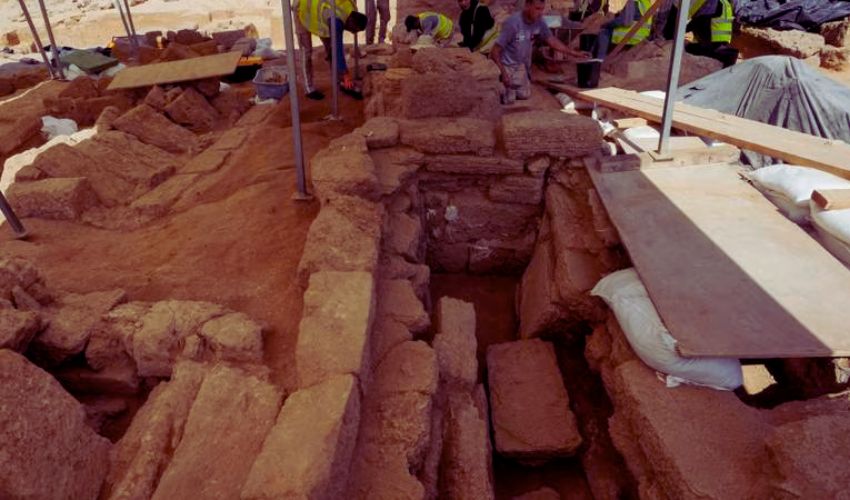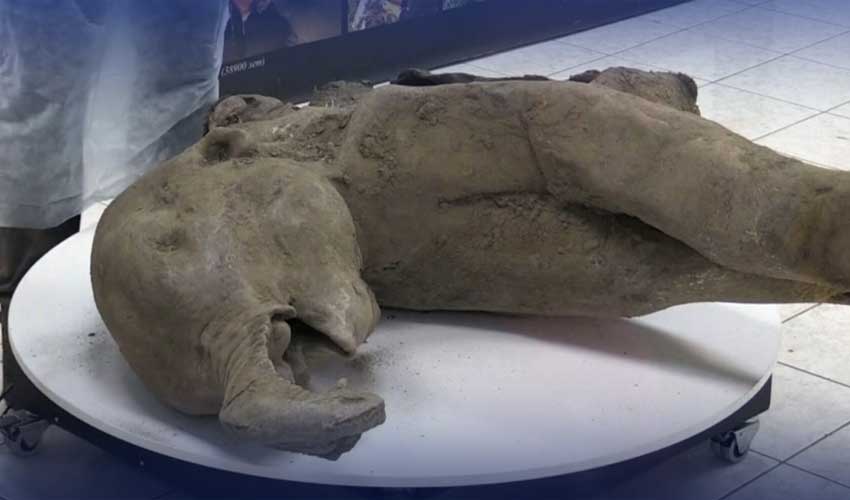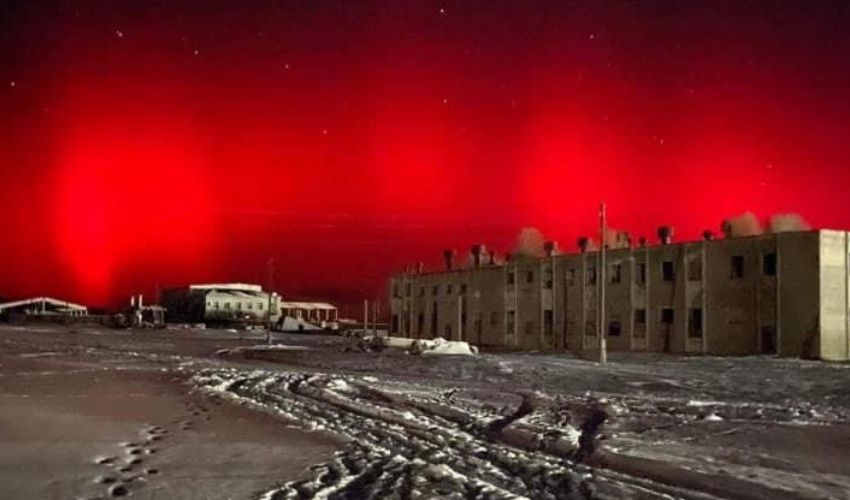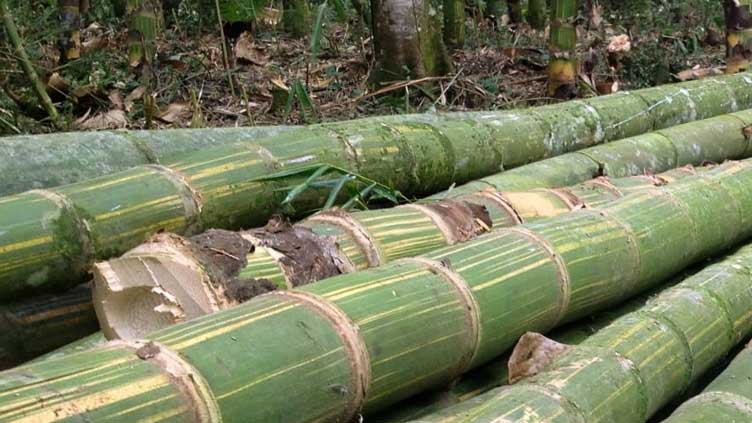Archaeologists in the Gaza Strip have found dozens of ancient graves, including two sarcophagi made of lead, in a cemetery dating back about 2,000 years to the Roman Empire.
The team of researchers in the Gaza Strip has uncovered a vast cemetery dating back approximately two millennia to the era of the Roman Empire.
This ancient burial ground holds profound significance, not only for the region but for the world of archaeology as a whole.
This monumental find, characterized by its sheer scale and the presence of two astonishing lead sarcophagi, has left experts in awe.
The uncovering of this burial site, regarded as the largest ever discovered in Gaza, is a testament to the tenacity of Palestinian workers who stumbled upon it in 2022.
Their initial find occurred during the construction of a housing project funded by Egypt, near the Jabaliya region in the northern Gaza Strip.
Subsequently, a concerted effort was initiated to explore this historically rich treasure trove, involving collaboration with French archaeologists who brought their expertise to the table.
The initial discovery of 60 graves at the site in January was a groundbreaking moment for archaeologists, but the number has since swelled to an astounding 135 graves.
Rene Elter, a distinguished French archaeologist leading the excavation, explained the magnitude of their findings.
"All of these tombs have almost already been excavated and have revealed a huge amount of information about the cultural material and also about the state of health of the population and the pathologies from which this population may have suffered," said Mr. Elter, who serves as the head of archaeology for Intiqal, a program managed by the French non-profit Premiere Urgence Internationale.



























